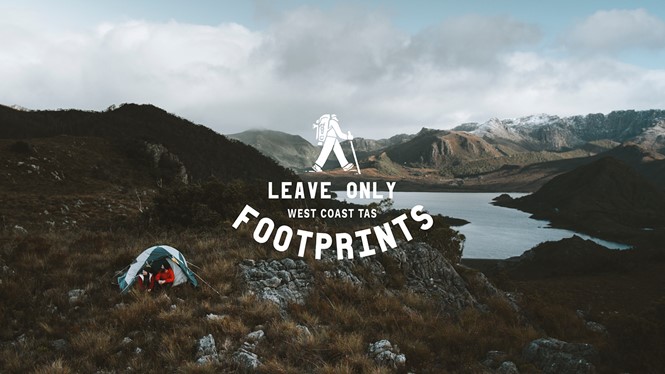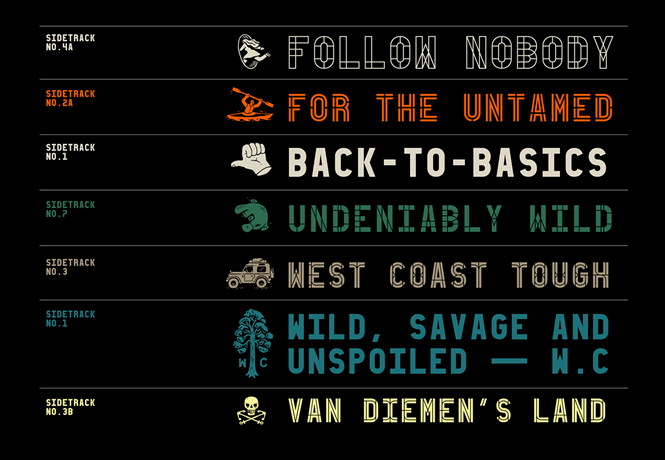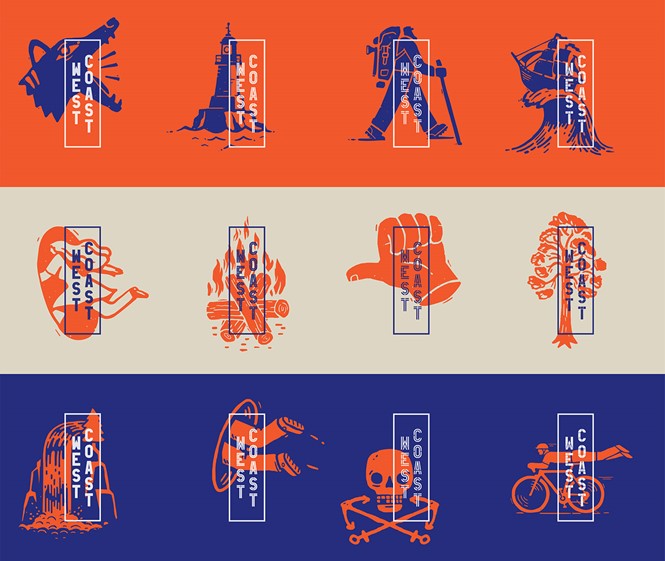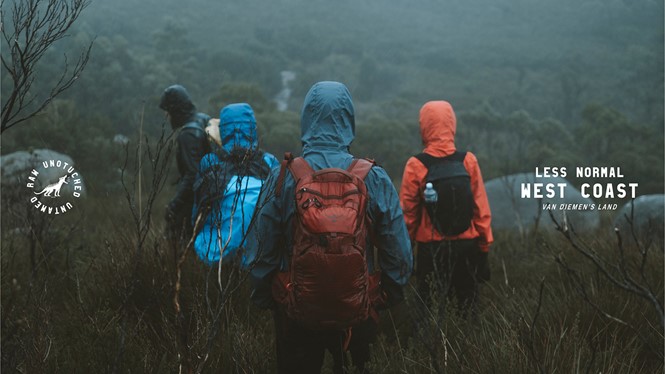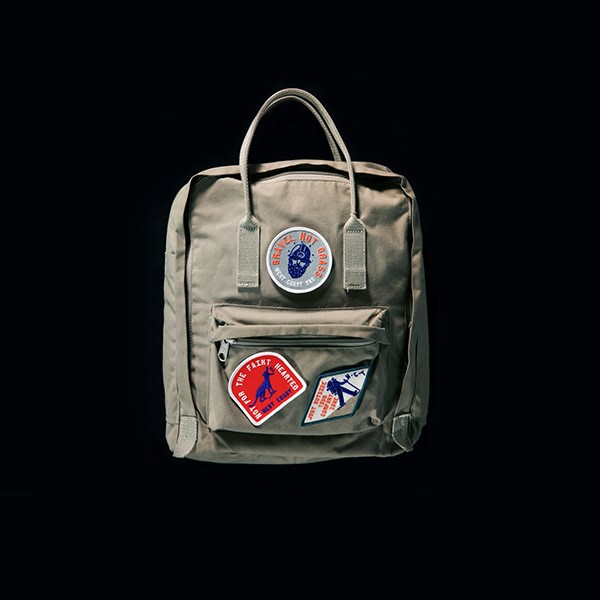Putting Tasmania's West Coast on the map
Australia’s southernmost state is best known for its wildlife, largely due to the popular Looney Toon named after the eponymous Tasmanian devil. Beyond wildlife, the current population of 520,000 plus residents call a land full of rugged beauty, temperate climate and vibrant culture home.
To encourage a more carefully curated perception of Tasmania, and particularly its West Coast has crafted a place brand to better identify the region. Hoping to encourage economic development, business investment and population growth, in addition to tourism, the West Coast Council worked with Sydney branding agency For the People on a new place brand.
The visual identity draws inspiration from the rugged isolation of the island’s West Coast, using rubber-stamp-like graphics and a typeface inspired by the area’s heritage. The brand has drawn from the signage and visual history of Tasmania to create a flexible brand. The tone of voice is proud, bold and action-oriented. The result is a well-crafted system that has the potential to become a popular favourite among residents and travellers, alike.
The brand was designed to be open source, meaning it has to be accessible, different from other place brands, and usable across multiple platforms.
For the People writes, “The West Coast is a region that you have to bring a part of yourself in order to experience it properly. This is a hard landscape with even harsher weather. By sharing the true beauty of what’s on offer in the West Coast, under a clear identity of what it means to be a West Coaster, we hope to empower the community to build on the foundation of the identity and be confidently and coherently express who they are and what this place is. This will help to attract visitors, business, residents and investors that have the determination to take a path that’s less trodden, in a remote part of a tiny island at the edge of the world.”
The narrative supporting the rebrand was designed to be transformative in order to better equip the region’s stakeholders to make use of opportunities that might otherwise have been unfulfilled. The Unesco World Heritage site of Tasmania’s West Coast had a lot to offer, with little audience. But the new brand narrative is working on changing that and bringing the resource-rich, beautiful and interesting to a wider audience.
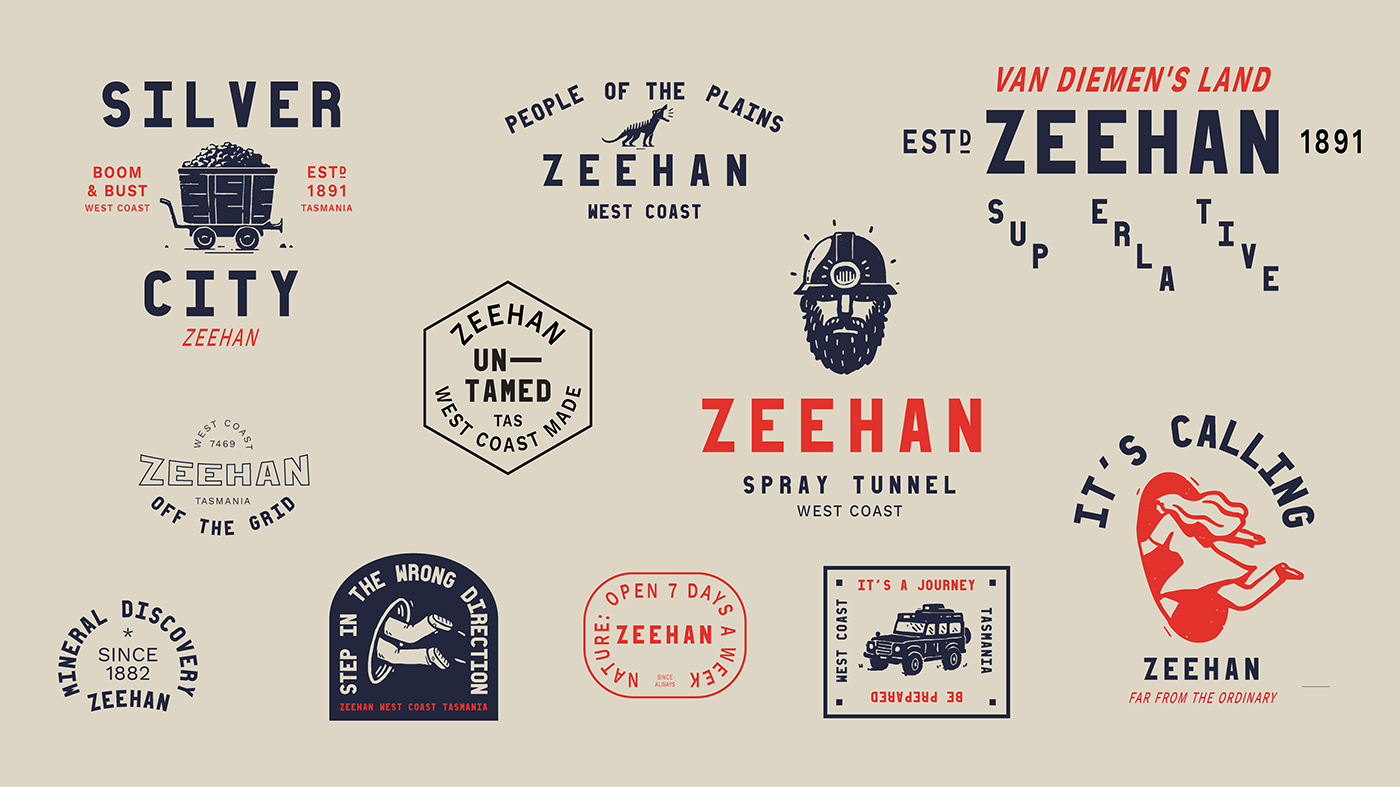
Value cannot be null. Parameter name: source

